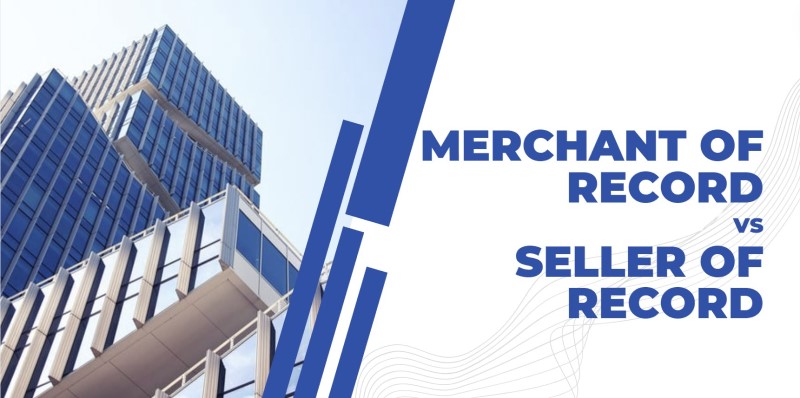For a regular manufacturer and a business owner, entering new markets and expanding their client base may seem not just difficult, but fairly impossible. Typically, international expansion is associated with unbearable expenses related to hiring financial and legal teams, tailoring payment processing, paying taxes and fees, arranging storage, packaging and shipment, etc. However, there is no need for a manufacturer to do it all by themselves.
There are various intermediary models that take care of the entire logistics, letting businesses focus on their production processes and grow at the same time. One of them is the merchant model. In this article, we will explain what the merchant model is, how it works and what benefits it has to offer.
What is the Merchant Business Model?
The merchant business model allows manufacturers to sell their goods and services to customers through a merchant’s online platform.
In this case, the merchant does not depend on in-house product research and development, as it deals with pre-manufactured products, pre-designed services or experiences. Its scope is limited to keeping stock, maintaining the website, branding, marketing, payment processing, and customer service.
This scenario works both for B2B and B2C sectors, for new brands that want to enter the market and established companies that are looking to attract new clients. Examples of businesses that employ this model are marketplace platforms, restaurants, and food delivery services.
How Does It Work?
- The first step is to source products (or in some cases, services) from manufacturers, wholesalers, or suppliers to later sell them at a markup price to customers. A merchant has to ensure there is enough stock to meet customer demand. When dealing with physical products, a merchant also arranges storage, packaging, and shipping to customers. Some merchants outsource these processes to third parties, use fulfillment services, while others handle it in-house.
- Another important point is to work on marketing and brand image. Merchants often have their own strong brand identity to promote products they sell. But they can also use the manufacturer brand awareness and product recognition to gain customers.
- After choosing the marketing strategy, a merchant defines sales channels. Products are typically sold through various channels, which can include e-commerce websites, mobile apps, marketplaces, physical stores, or a combination of these.
- Merchants are responsible for integrating a variety of payment systems with multi-currency support and adjusting secure payment processing for the convenience of the customers. It involves handling transactions, payment gateways, and financial interactions with customers.
- Merchants also provide customer support: they address inquiries, solve issues, process returns or exchanges.
Advantages of the Merchant Model
The popularity of the merchant model owes to the benefits it offers to the partners:
- Lower costs: You will cut down on marketing expenses since the merchant is responsible for advertising and promoting your products.
- Reduced risks: As a manufacturer, you will mitigate financial risks associated with the stock management, as the merchant becomes in charge of storing and managing the goods.
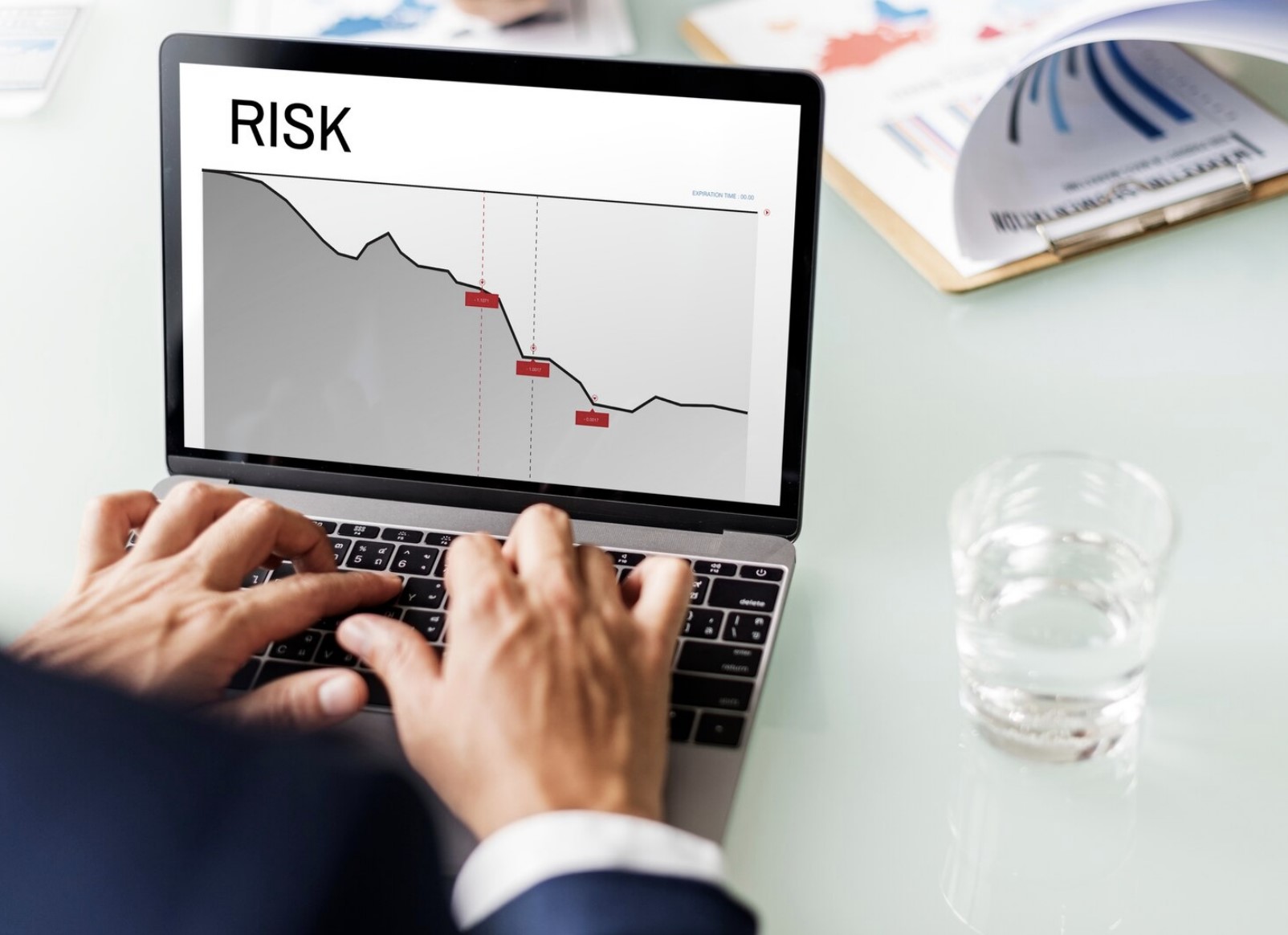
Brand exposure: Working with multiple retailers or merchants can enhance your brand visibility. The more places your products are available at, the more recognised your business becomes.
- Scalability and global reach: The merchant model allows you to scale your operations both locally and internationally in a more easy and hassle-free way. You can expand your distribution network and reach customers worldwide by partnering with additional retailers without having to invest heavily in the infrastructure or personnel.
Disadvantages of the Merchant Model
Having read about the advantages of the merchant model, you are most certainly ready to contact a retailer. And while the model has the undoubted pros, you also should be aware of its cons:
- Intense competition: E-commerce is a highly competitive space. With a low entry barrier, numerous businesses are competing for the same customer base. This leads to price wars and potentially slim profit margins.
- Dependence on Retailers: You might become dependent on the performance and strategies of your retail partners. If your key retailer faces financial difficulties or operational challenges, it can impact your revenue.
- Security risks: E-commerce sites often become targets for cyberattacks and data breaches. Having a secure payment method will protect you from losing your clients and reputation.
- Quality Control Challenges: If you work with different retailers, maintaining consistent product quality can be challenging, as you have less control over the handling, storage, and presentation of your products.
Merchant Model Examples
 Source: Freepik
Source: FreepikAmazon, one of the largest and most successful e-commerce companies in the world, is a prime example of the merchant model in action. Amazon offers an extensive variety of products, serving as a one-stop shop for customers. It also provides a range of fulfillment and shipping services, including FBA (Fulfillment by Amazon), which handles storage, packaging and shipping for sellers.
AliExpress is a world-famous platform that allows various brands and merchants to sell their products online, without having to launch their own websites. It offers a simple registration procedure, sales analytics and promotion tools to help brands boost their sales. AliExpress also has three logistics options:
- FBS, when the seller takes upon packaging, handling, and shipping
- FBS Dropshipping, when the seller drops the cargo off at a local post office or a pickup point for AliExpress then to handle the further shipment
- FBA, when the marketplace packs, stores, and ships the merchant’s cargo.
Etsy is a unique platform that helps local businesses, vintage shops and craftsmen go global. It handles financial transactions through the multi-currency Etsy Payment system, offers various logistics and marketing options. As an added bonus, Etsy has an education program for entrepreneurs Etsy U, a podcast Etsy Success, as well as a vast community of experts and business owners, who contribute to the knowledge base, sharing their marketing insights and tips with newcomers.
If you decide to work under an intermediary model, you won’t have to deal with the complexity of implementing a payment system. However, since it involves sensitive customer data, you will have to choose a reliable partner that will put data safety and privacy law compliance first.
Number X’s experts will take care of secure payment processing, as well as chargeback management, risk analysis, and global compliance. We ensure the timely tax remittance, effective fraud management, and currency conversion to allow you to accept payments worldwide.
- What Does a Merchant Do: Characteristics and Main Responsibilities7 min read / April 22, 2024
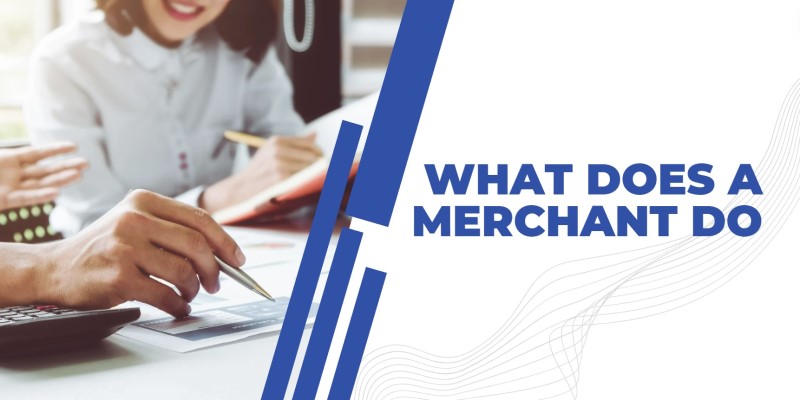
- Merchant of record (MoR): definition8 min read / March 20, 2024
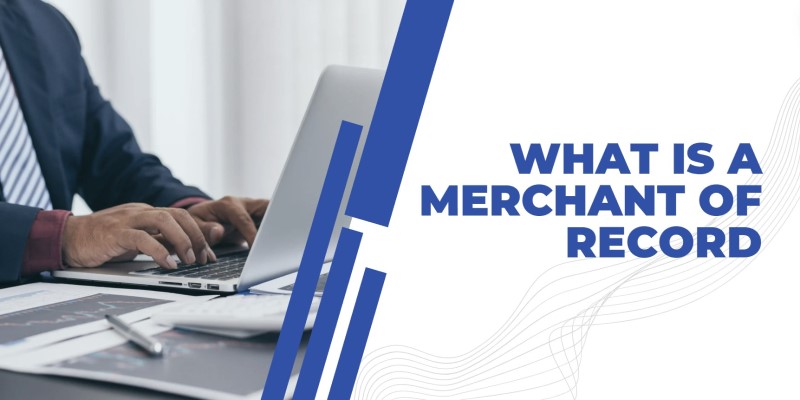
- Merchant of Record vs Payment Facilitator: What Is the Difference6 min read / April 1, 2024
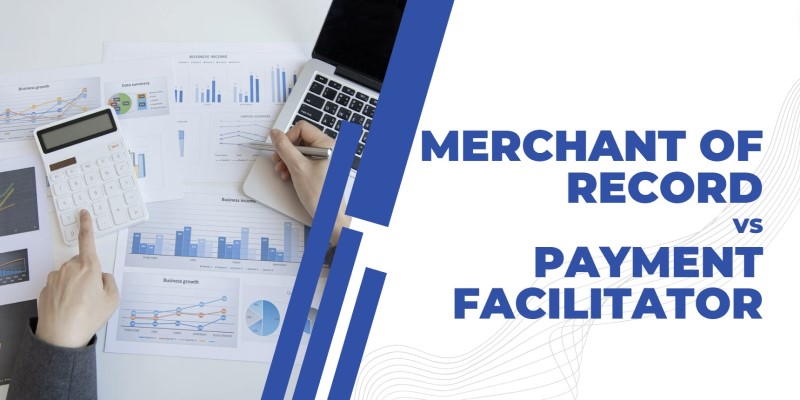
- Merchant of Record vs Seller of Record: What is the difference7 min read / March 11, 2024
